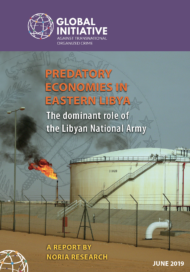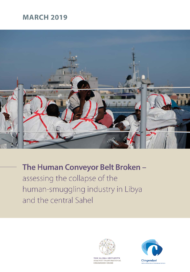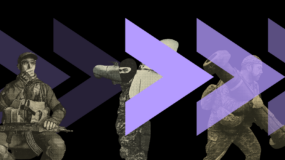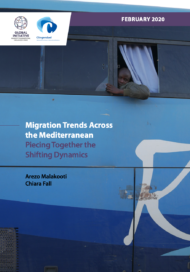Posted on 27 Jun 2019
On 4 April 2019, the Libyan National Army (LNA) launched a surprise attack on Tripoli, as the UN-sponsored dialogue process was reaching a critical stage. The leader of the LNA, Khalifa Haftar, was betting on a quick victory but was confronted with fierce resistance. The LNA has become embroiled in a destructive stalemate south of the capital. The war has destroyed the little trust that existed in Libya, and both sides appear committed to continue fighting.
In light of this, there is an urgent need to understand how the LNA funds itself and its involvement in the black economy, as well as its ability to carry on a war far from its eastern heartlands.
One aspect of LNA financing that is relatively well understood is its use of a parallel Central Bank and Russian-printed dinars to pay its wage bill. This controversial programme has led to a dangerous build-up of debt and there are limits to how much further it can be stretched. The financial pressures arising from this situation are very likely to be a major part of Haftar’s urgency in the current conflict – he is running out of time to see through his plans. On top of this, there are fears that Tripoli may wage economic war on the east’s banking system, further undermining its already shaky finances and posing an even greater threat to Libya’s unity.
But the LNA has not only relied solely on the parallel banking sector to fund itself. In fact, it has been directly taking control of both licit and illicit economies in eastern Libya, mirroring the development of a predation economy led by dominant armed groups in western Libya.
A report by Noria Research




